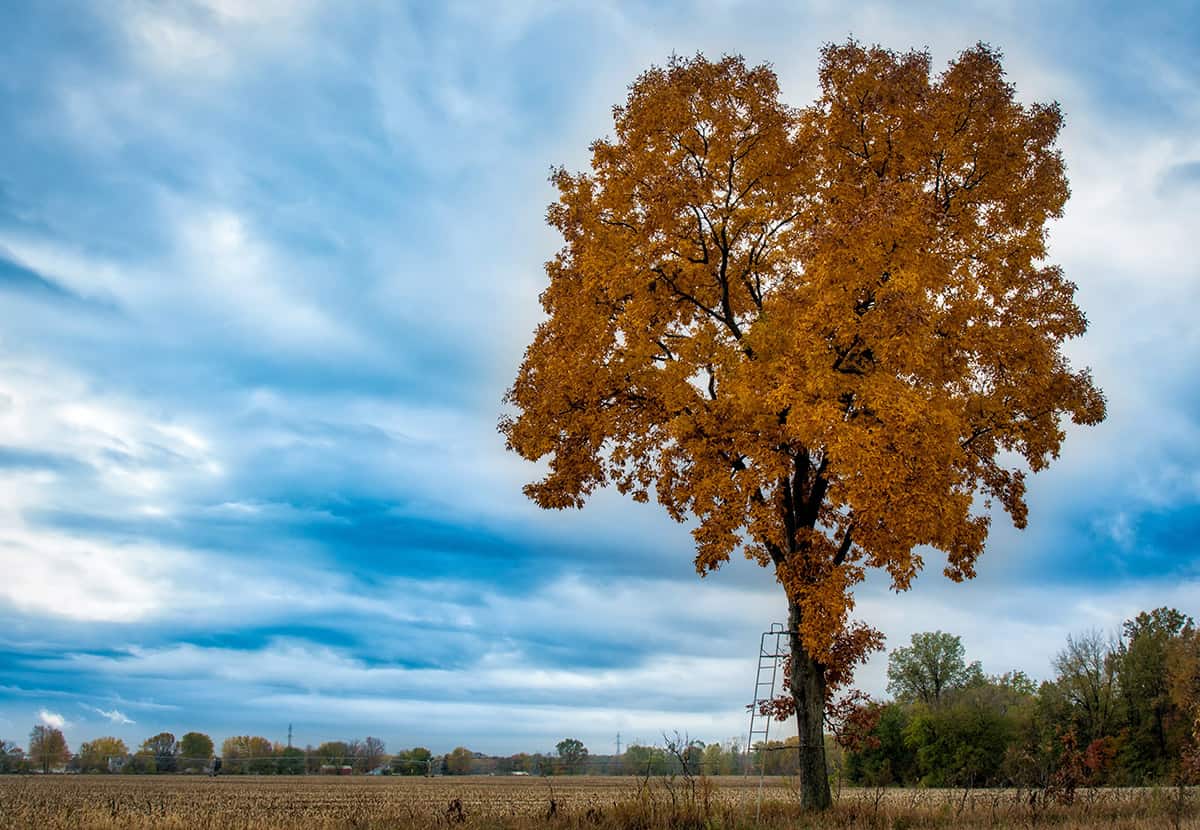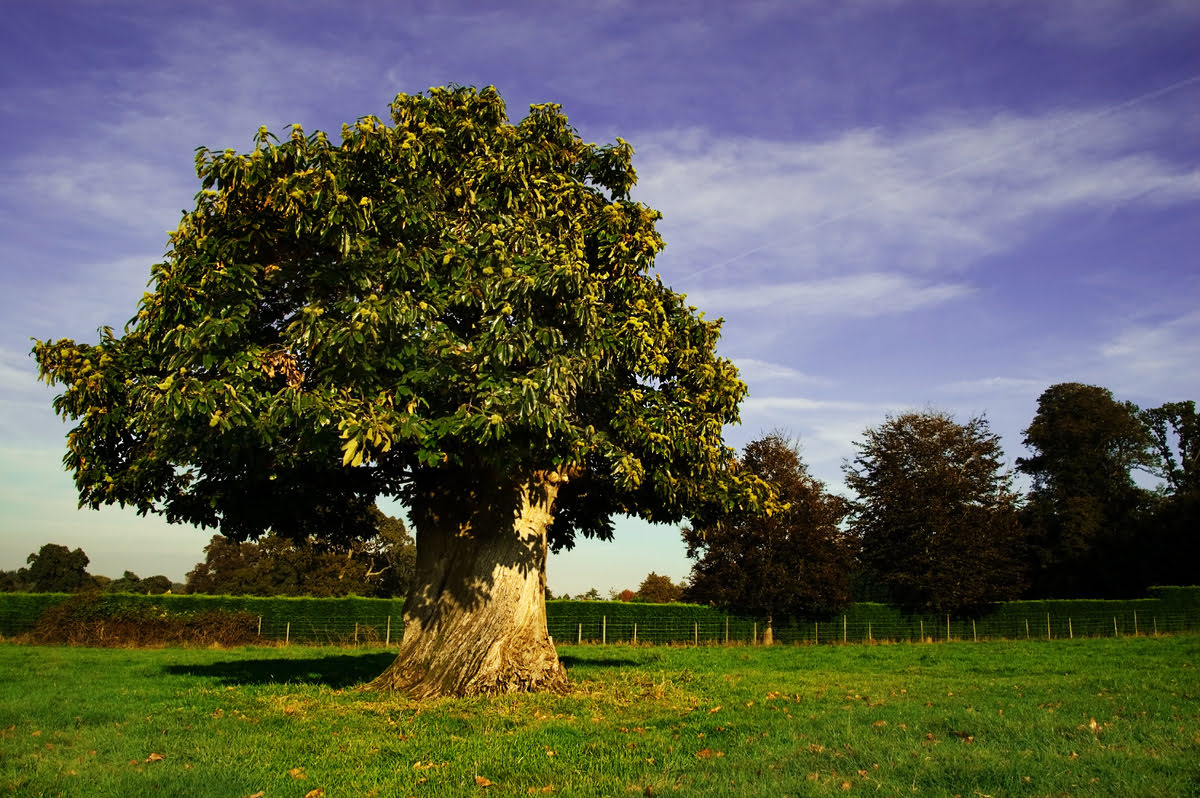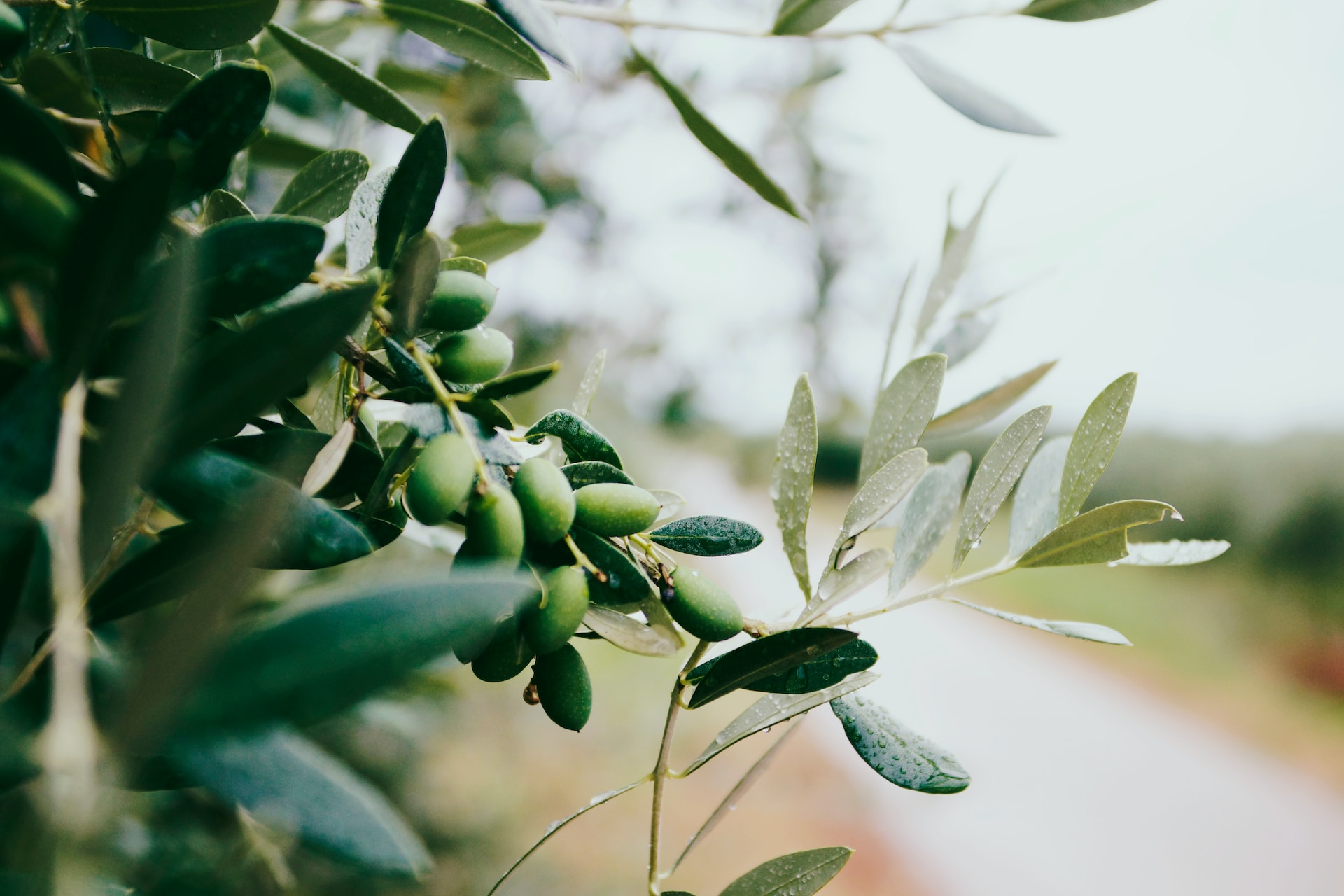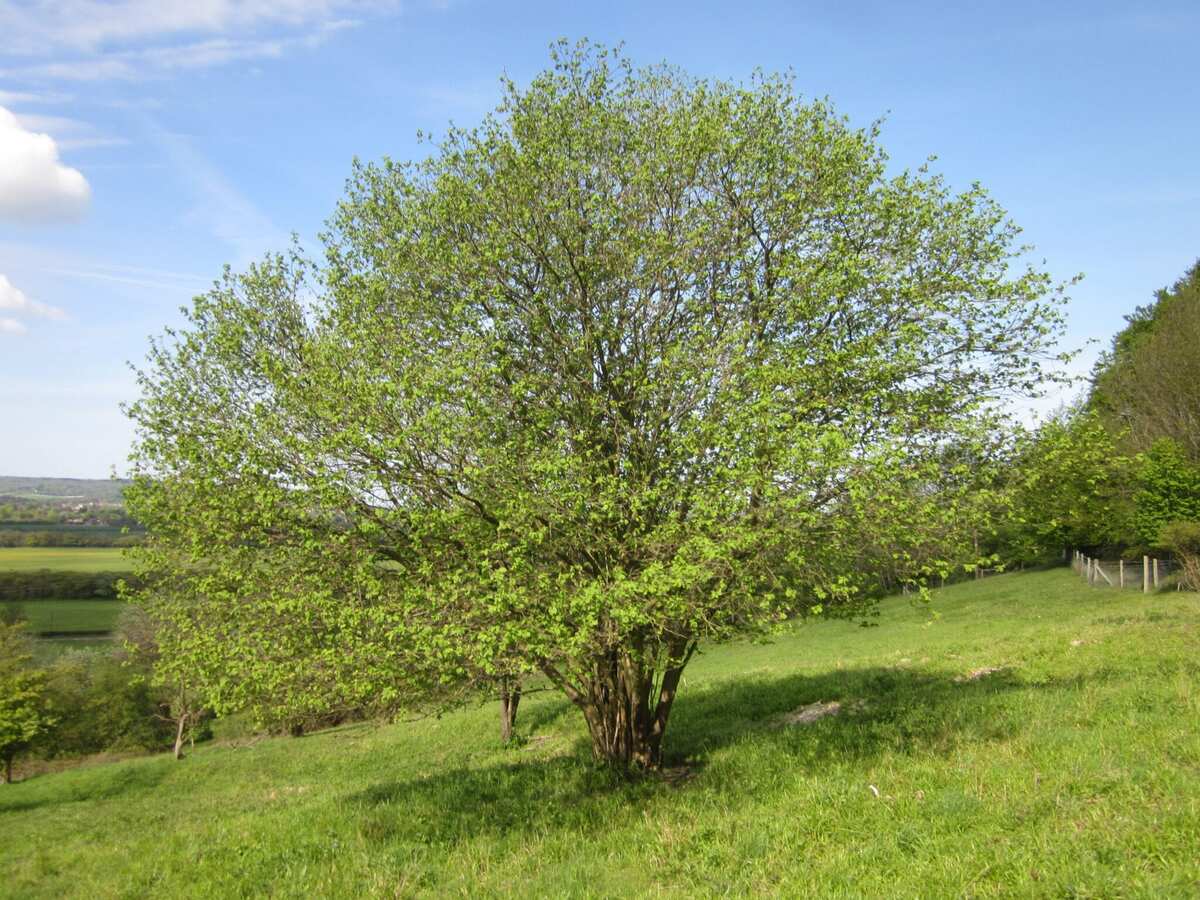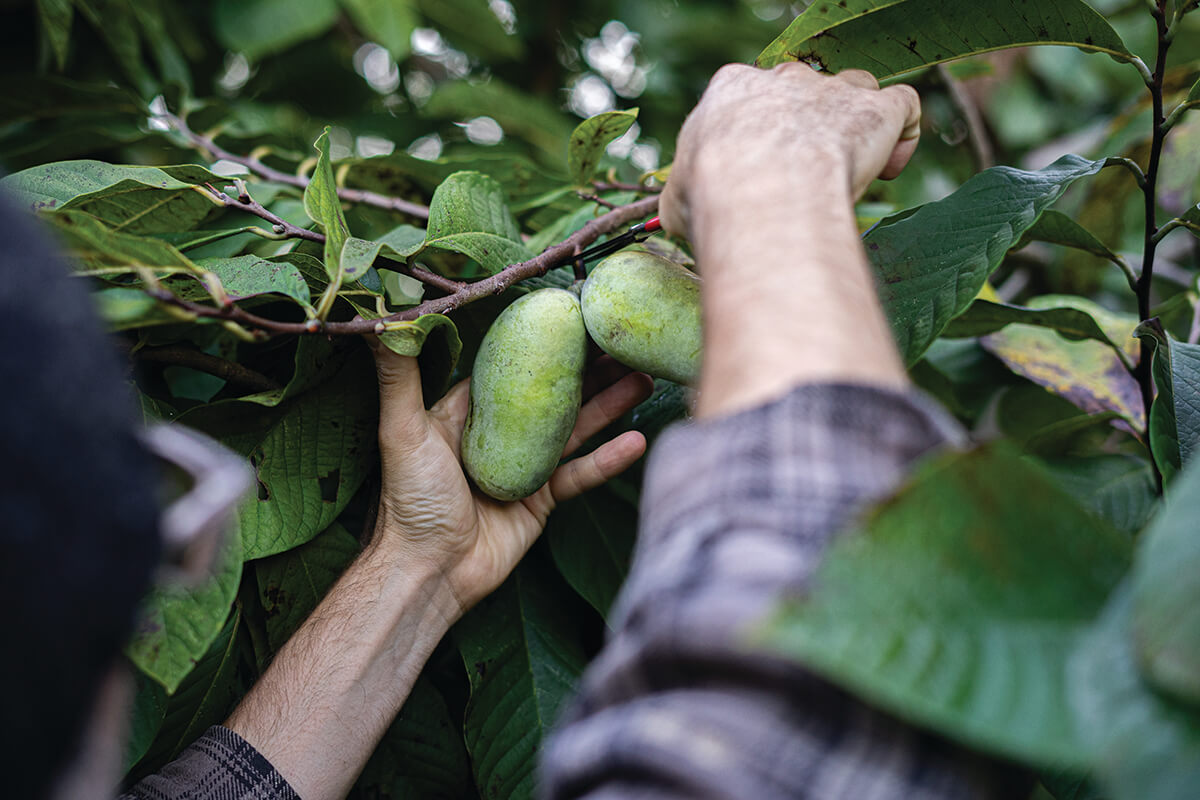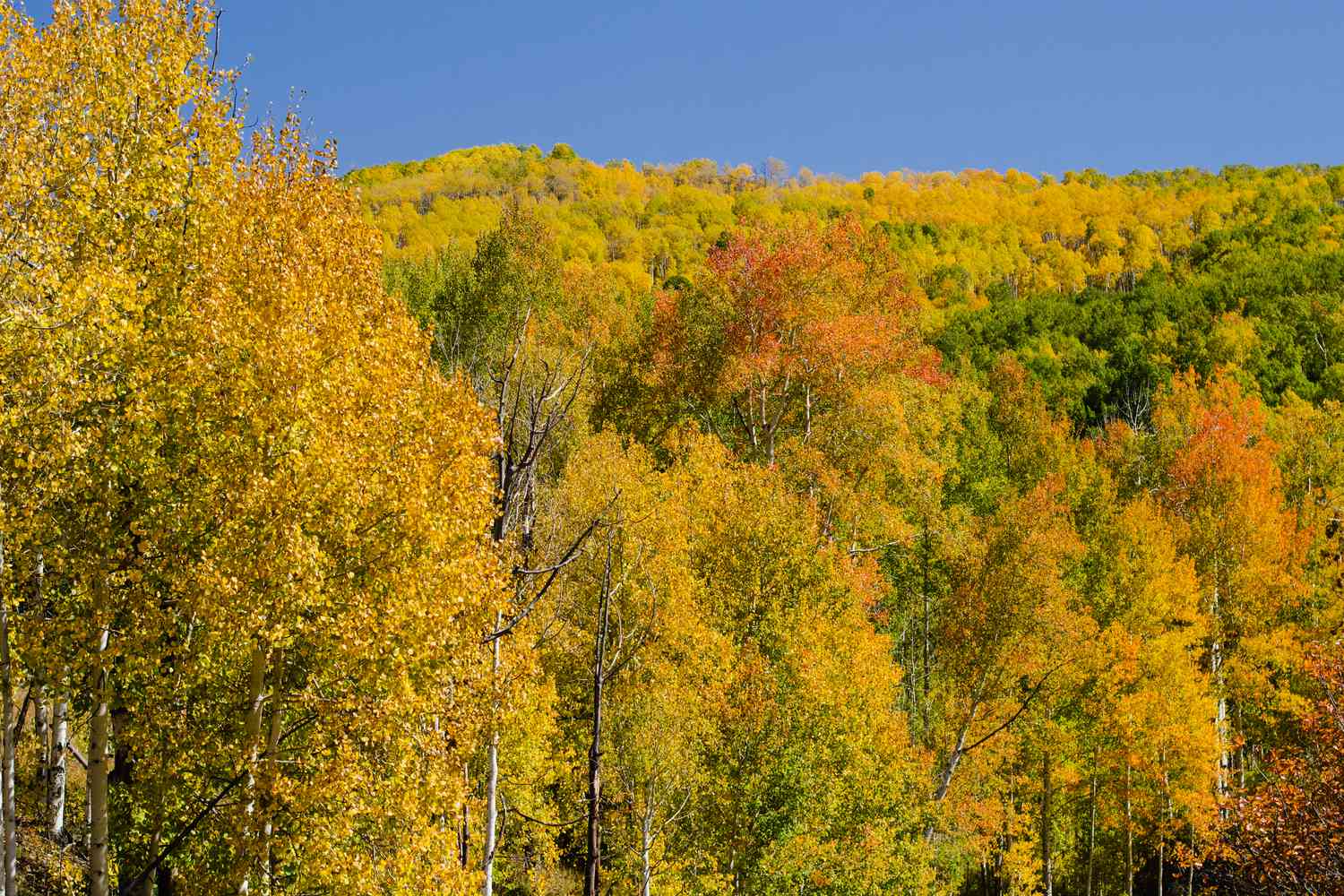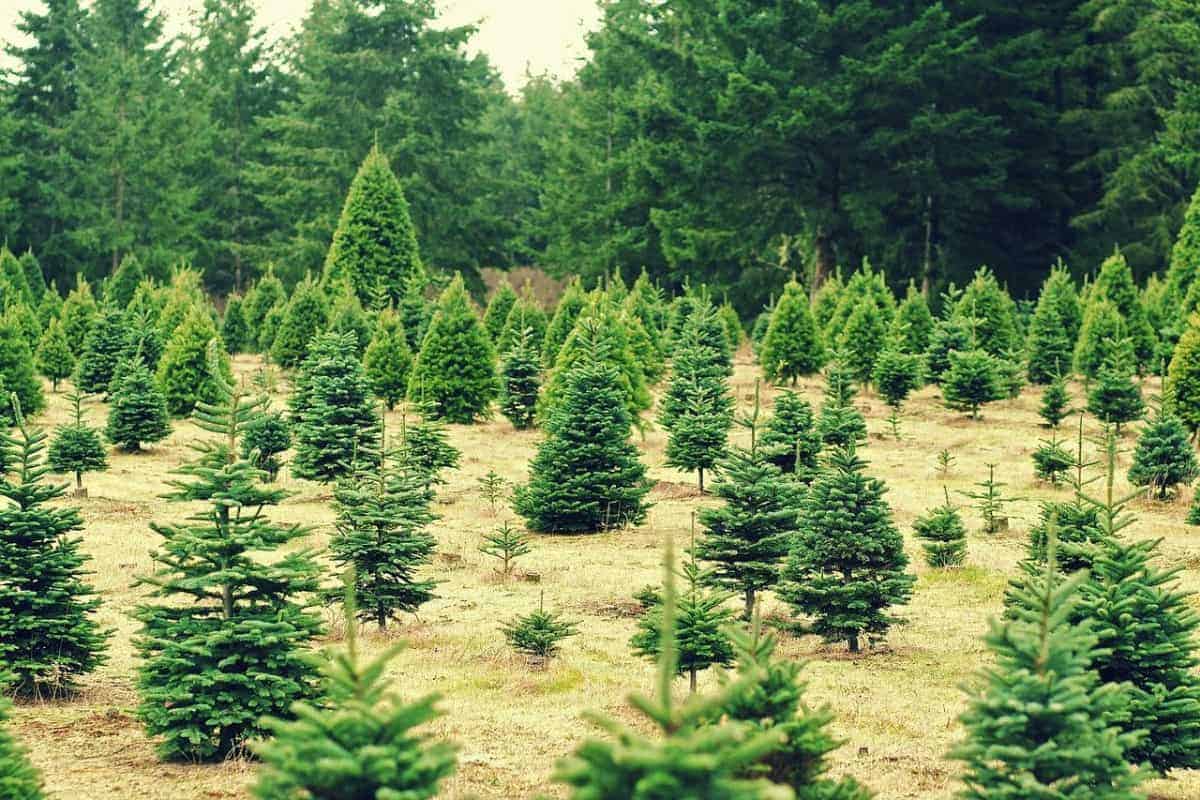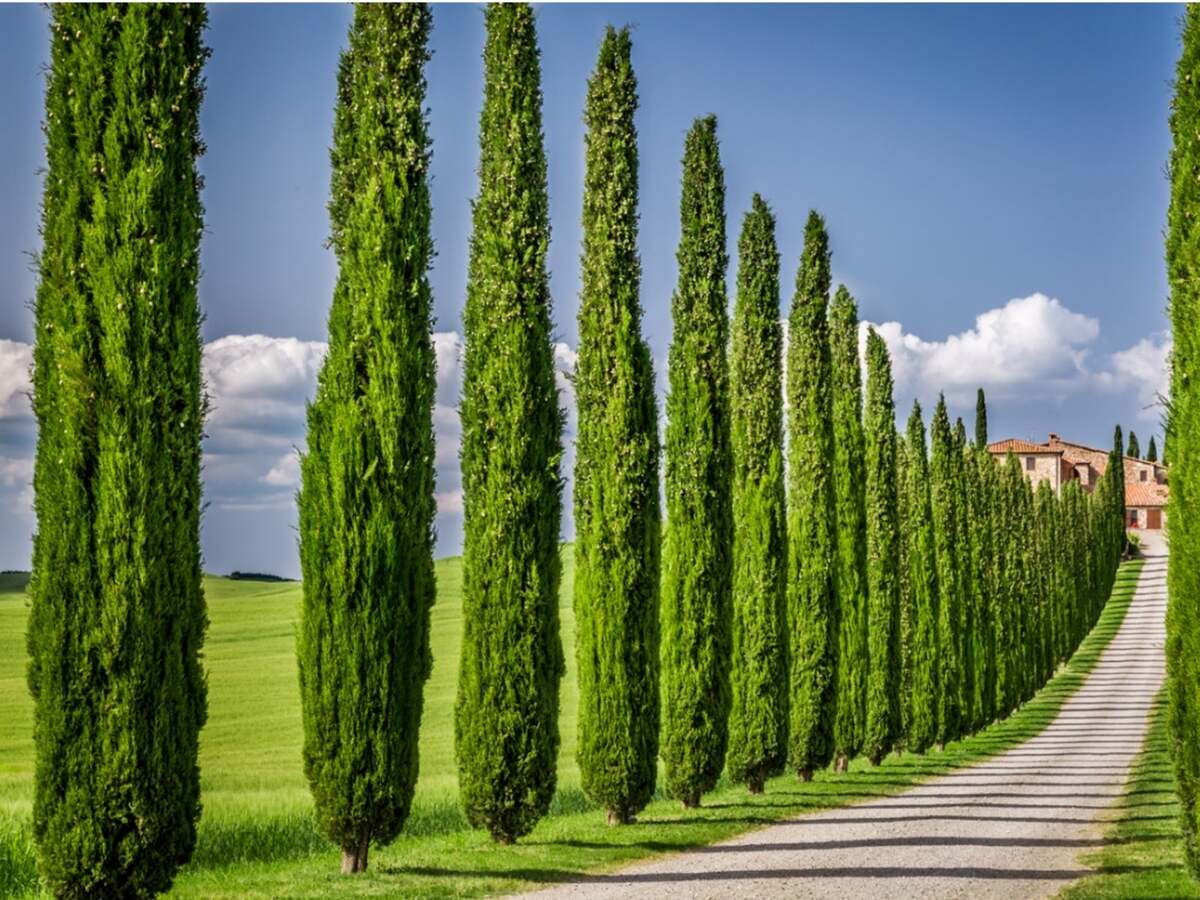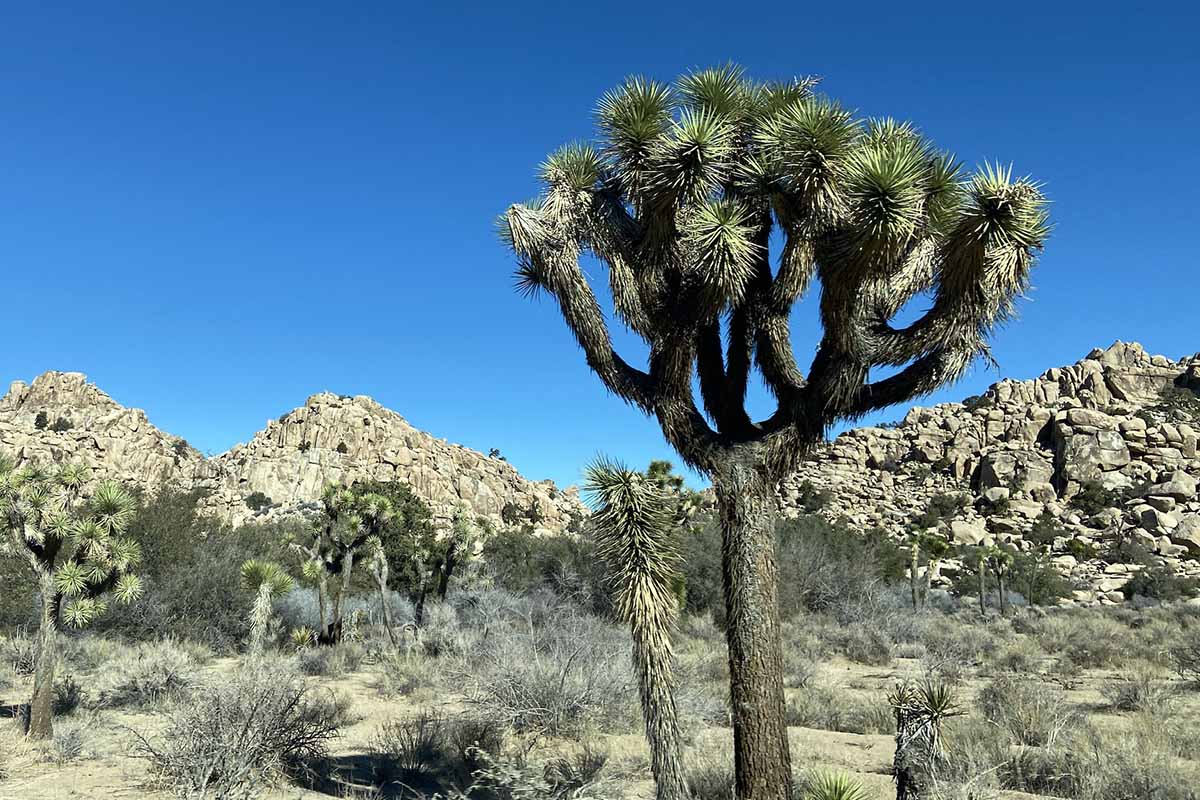Home>Gardening News and Trends>Latest News>Where Do Mesquite Trees Grow
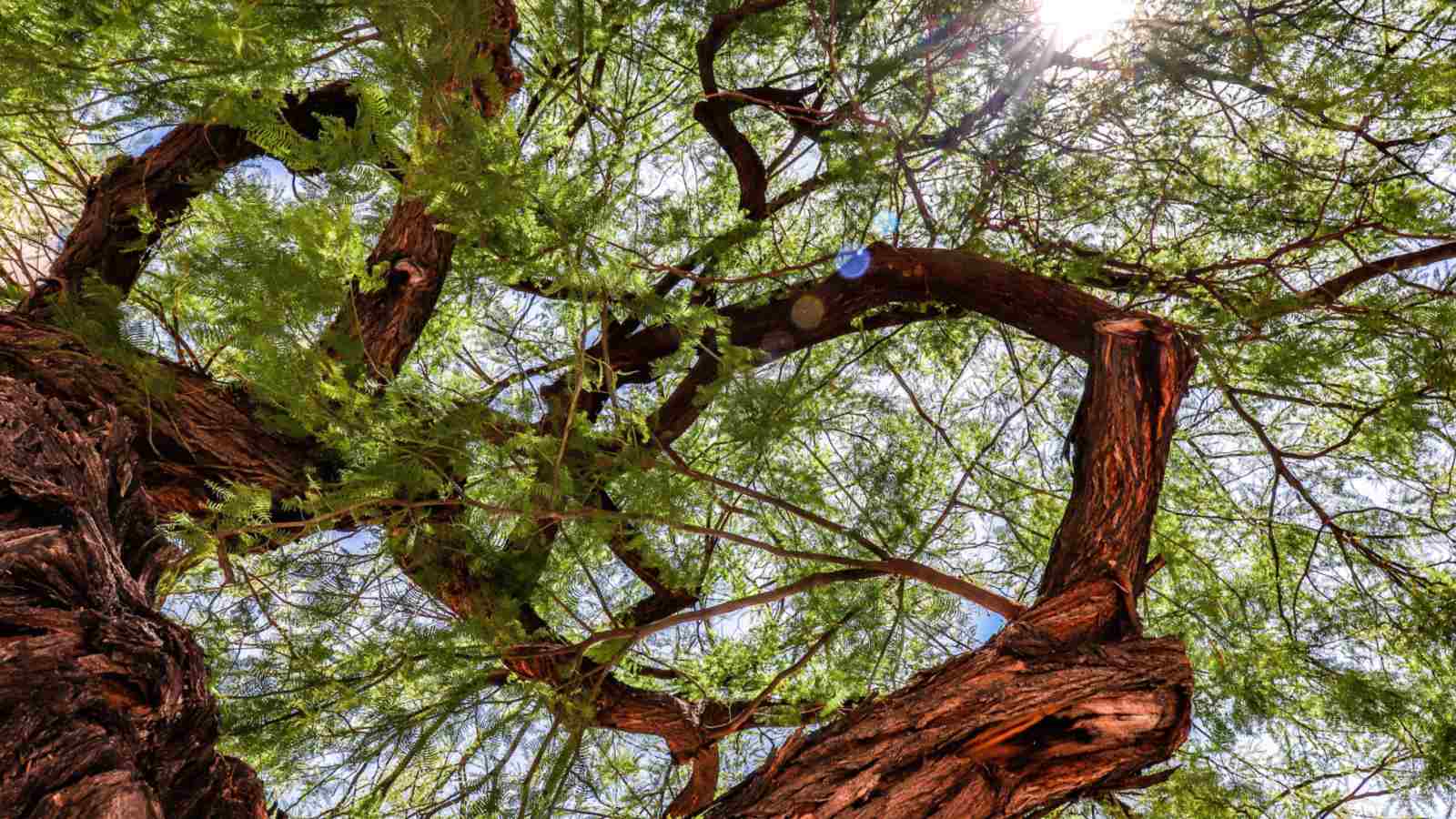

Latest News
Where Do Mesquite Trees Grow
Modified: February 8, 2024
Discover the latest news on where mesquite trees grow and thrive. Explore the geographical locations and conditions necessary for mesquite tree growth in this informative article.
(Many of the links in this article redirect to a specific reviewed product. Your purchase of these products through affiliate links helps to generate commission for Chicagolandgardening.com, at no extra cost. Learn more)
Table of Contents
Introduction
Mesquite trees, scientifically known as Prosopis, are fascinating plants that have adapted to thrive in various climates and habitats around the world. These resilient trees have been an integral part of ecosystems for centuries, providing food, shelter, and other valuable resources to both humans and wildlife.
Characterized by their rough bark, feathery foliage, and unique bean-like pods, mesquite trees have captured the attention of botanists, ecologists, and nature enthusiasts alike. Their ability to withstand harsh conditions, such as drought, heat, and poor soil, make them a symbol of resilience and adaptability.
Throughout history, mesquite trees have played a significant role in indigenous cultures, as they were highly valued for their wood, pods, and medicinal properties. Today, these trees continue to be appreciated for their ecological importance, as well as their potential in sustainable land management and reforestation projects.
In this article, we will explore the characteristics of mesquite trees and delve into their diverse climate and habitat requirements. From the deserts of North America to the savannas of Africa, and even the arid regions of Australia, mesquite trees have found a way to thrive in unique environments across the globe.
Join us on this journey as we uncover the fascinating world of mesquite trees and discover where these remarkable plants grow.
Characteristics of Mesquite Trees
Mesquite trees exhibit a range of distinctive characteristics that set them apart from other tree species. These features allow them to adapt and survive in diverse environments:
- Foliage: Mesquite trees have unique foliage, consisting of delicate, fern-like leaves that provide the tree with a lacy appearance. These leaves are a vital adaptation to conserve water and minimize transpiration in arid conditions.
- Bark: The bark of mesquite trees is rough and often contains deep fissures, allowing the tree to withstand extreme temperatures and protect the underlying tissues. The color of the bark can vary from light gray to dark brown.
- Root System: Mesquite trees possess extensive and deep root systems that enable them to access water sources from deep within the soil. This adaptation helps them survive in dry regions with limited water availability.
- Pods: One of the most distinctive features of mesquite trees is their seed pods. These elongated, brown pods contain numerous seeds and provide a valuable food source for wildlife. The pods can be used by humans as well, with some species being edible and used in traditional cuisines.
- Flowers: Mesquite trees produce clusters of small, fragrant flowers that range in color from creamy white to pale yellow. These flowers are an important source of nectar for bees, butterflies, and other pollinators.
- Growth Form: Mesquite trees can take on various growth forms, including shrubs and small trees. Their size and shape may vary depending on the specific species, environmental conditions, and available resources.
The combination of these unique characteristics allows mesquite trees to thrive in a wide range of habitats and climates, making them a remarkable and valuable component of many ecosystems around the world.
Climate and Habitat Requirements
Mesquite trees have adapted to grow in a variety of climates and habitats, demonstrating their remarkable ability to thrive in challenging conditions. While specific requirements may vary among different species, mesquite trees generally share common climate and habitat preferences:
Temperature: Mesquite trees are well-adapted to warm and hot climates. They can withstand high temperatures and are often found in regions with long, dry summers and mild winters. Some species can tolerate freezing temperatures for short periods but generally prefer warmer climates.
Sunlight: Like many desert plants, mesquite trees thrive in full sun and require ample sunlight for optimal growth. They can tolerate intense heat and high levels of solar radiation, making them well-suited for open, sunny habitats.
Soil Conditions: Mesquite trees are known for their ability to grow in poor-quality, sandy, or gravelly soils. They are highly adaptable and can tolerate low soil fertility, high salinity, and alkaline conditions. Additionally, their deep root systems allow them to access moisture and nutrients from deeper soil layers.
Water Availability: While mesquite trees are highly adapted to arid environments, they still require some water for survival and growth. They can withstand drought conditions and are capable of extracting moisture from the soil more efficiently than many other plants.
Habitats: Mesquite trees are commonly found in a variety of habitats, including deserts, grasslands, savannas, and scrublands. They are well-suited to colonize disturbed areas like roadsides or abandoned fields, where they can help stabilize the soil and prevent erosion.
With their ability to adapt to different climates, tolerate poor soil conditions, and withstand arid environments, mesquite trees play a crucial role in stabilizing ecosystems and providing valuable resources in regions where few other plants can survive.
North America
Mesquite trees are native to various parts of North America, where they have become iconic symbols of arid and semi-arid landscapes. They are particularly prevalent in the southwestern United States and northern Mexico, where they play a vital ecological role and have deep cultural significance.
In the United States, mesquite trees are commonly found in states such as Texas, Arizona, New Mexico, and California. They have adapted to thrive in the dry, desert-like conditions of these regions, where they serve as important providers of shade, food, and nesting sites for a wide range of desert-dwelling wildlife.
One of the most well-known mesquite species in this region is the honey mesquite (Prosopis glandulosa). Honey mesquites can grow up to 30 feet in height and are characterized by their thorny branches and sweet-smelling flowers. They are appreciated for their valuable wood, which is used for furniture, cooking, and even grilling due to its unique smoky flavor.
In northern Mexico, mesquite trees, known as mezquites, are highly valued for their multiple uses. The pods of certain species are harvested and ground into flour, which is used in traditional cuisine to make a variety of dishes, including bread, tortillas, and sweets. The resilient wood of mesquite trees is also used in construction and artisanal crafts.
Mesquite trees in North America have a significant impact on the surrounding ecosystems. They provide shade and shelter for desert animals such as lizards, birds, and small mammals. The seed pods of mesquite trees are an essential food source for wildlife, including deer, rabbits, and birds, while their flowers attract pollinators like bees and butterflies.
Overall, mesquite trees in North America contribute to the unique biodiversity and cultural heritage of the region, showcasing their adaptability and resilience in challenging environments.
South America
Mesquite trees also have a presence in various parts of South America, where they flourish in diverse habitats and provide essential ecological services. They are found in countries such as Argentina, Chile, Bolivia, Peru, and Paraguay, adapting to the different climates and ecosystems of the region.
In Argentina, mesquite trees, locally known as algarrobo, are widespread in the arid and semi-arid regions of the country. They are particularly abundant in the Chaco, Patagonia, and Cuyo regions. The Argentine mesquite (Prosopis alba) is one of the most common species, and its hard timber is highly valued for construction and furniture making.
In Chile, mesquite trees can be found in the northern parts of the country, where the climate is more arid. They are known as algarrobo or espino in the local language. These trees are well-adapted to the coastal deserts and provide a source of shade and food for wildlife in the region.
Within the South American continent, mesquite trees are also important in the Amazon rainforest. In this region, they are known as algarrobo or algarrobeira and belong to the Prosopis juliflora species. Despite the contrasting environment of the rainforest, mesquite trees fill different ecological niches and contribute to the overall biodiversity and ecosystem health.
In South America, mesquite trees have various uses in addition to their ecological importance. The pods of mesquite trees are harvested and ground into flour, which is used in traditional cooking and baking. The wood from mesquite trees is also valued for its durability and is used for furniture making, fuel, and as material for crafting tools.
The adaptability of mesquite trees in South America is evident, as they thrive in both desert-like conditions and the lush rainforest. Their presence is not only important for local biodiversity but also for the cultural heritage and economic activities of the communities that rely on their resources.
Africa
Across the diverse landscapes of Africa, mesquite trees have established themselves as resilient and valuable components of the continent’s ecosystems. With their ability to adapt to different climates and soil conditions, they can be found in various regions from the deserts of North Africa to the grasslands of the Sahel region.
In North Africa, mesquite trees are common in countries such as Egypt, Libya, and Sudan. They are well-suited to the arid and semi-arid conditions of these regions, providing important shade and food sources for both humans and animals. The hardy wood of mesquite trees is used for construction, fuel, and crafting.
One of the most well-known mesquite species in Africa is the Prosopis juliflora, commonly known as the algarrobo or mesquite tree. This species has been introduced in several countries across the continent due to its ability to withstand harsh conditions and its usefulness as a source of fodder, wood, and fuelwood.
In the Sahel region, which spans across countries like Senegal, Mauritania, Mali, and Niger, mesquite trees are an important part of the landscape. They contribute to soil fertility by fixing nitrogen, and their deep root systems help prevent soil erosion in these dry, grassy plains.
Mesquite trees also serve as a valuable food source for both humans and animals in Africa. The pods of the mesquite tree are harvested and used in traditional cooking, providing a nutritious and flavorful ingredient. In addition, the pods are a vital source of food for livestock during times of scarcity in dry seasons.
Despite their ecological and economic benefits, mesquite trees can also have negative impacts when introduced in certain regions. Invasive species of mesquite, such as Prosopis juliflora, can take over native vegetation, negatively impacting biodiversity and displacing native species. Therefore, careful management and monitoring are crucial to minimize the potential negative effects.
Mesquite trees in Africa demonstrate their adaptability and usefulness in supporting both natural ecosystems and human livelihoods in challenging environments. They are an integral part of the continent’s unique and diverse landscapes.
Australia
In Australia, mesquite trees have become a significant presence in arid and semi-arid regions, with their adaptability and resilience making them well-suited to the country’s challenging environments. Mesquite trees are commonly found in the central parts of the country, particularly in the states of Queensland, New South Wales, and South Australia.
The most prevalent mesquite species in Australia is Prosopis glandulosa, known locally as the honey mesquite. It was introduced in the 19th century and has since spread across vast areas, particularly in the fertile floodplains of the River Murray. The honey mesquite is valued for its shade, firewood, and the sweet nectar it provides.
Mesquite trees in Australia play a crucial ecological role, particularly in stabilizing soil and preventing erosion. Their deep root systems help anchor the soil, protecting it from wind and water erosion. Additionally, they provide important habitat and food sources for a variety of bird species, reptiles, and small mammals.
However, the widespread distribution and rapid growth of mesquite trees in Australia have generated concerns about their invasiveness and potential negative impacts. Some species, like the Prosopis juliflora, have shown invasive characteristics, outcompeting native vegetation and altering ecosystems. Efforts are being made to manage and control the spread of these invasive species to protect native biodiversity.
Despite these challenges, mesquite trees in Australia have also become valuable resources for certain communities. The hardy wood of mesquite trees is used for fencing, furniture making, and woodworking projects. Additionally, their seed pods are sometimes harvested and ground into a nutritious flour, which can be used in cooking and baking.
As they continue to adapt and thrive in arid regions, mesquite trees in Australia serve as a reminder of the resilience of nature and the role they play in both natural and human landscapes. Understanding and managing their presence is essential to maintain a balance between their benefits and potential ecological impacts.
Conclusion
Mesquite trees, with their unique characteristics and remarkable adaptability, have become integral components of ecosystems around the world. From the deserts of North America to the grasslands of Africa and the arid regions of Australia, these resilient trees have found a way to survive and thrive in diverse climates and habitats.
Their feathery foliage, rough bark, and distinctive pods make mesquite trees easily recognizable and sought after for their ecological, cultural, and economic value. They provide shade, shelter, and food sources for wildlife, contribute to soil fertility, and offer valuable resources to human communities.
While mesquite trees offer numerous benefits, there are also challenges associated with their presence, particularly when invasive species threaten native vegetation and disrupt ecosystems. Careful management and monitoring are crucial to ensure that the positive impacts outweigh the negative consequences.
As we continue to explore and study mesquite trees, their adaptability and resilience serve as a reminder of the incredible diversity and complexity of the natural world. Their ability to thrive in harsh conditions and provide valuable resources highlights the interconnectedness of all living organisms and the importance of preserving and protecting our ecosystems.
Understanding the climate and habitat requirements of mesquite trees allows us to appreciate their role in different regions and to implement sustainable land management practices. By harnessing their adaptability and ecological functions, we can promote the preservation and restoration of these valuable trees and the ecosystems they inhabit.
As we embark on this journey of exploration and preservation, let us celebrate the remarkable attributes of mesquite trees and their contribution to the intricate tapestry of our planet’s biodiversity.
